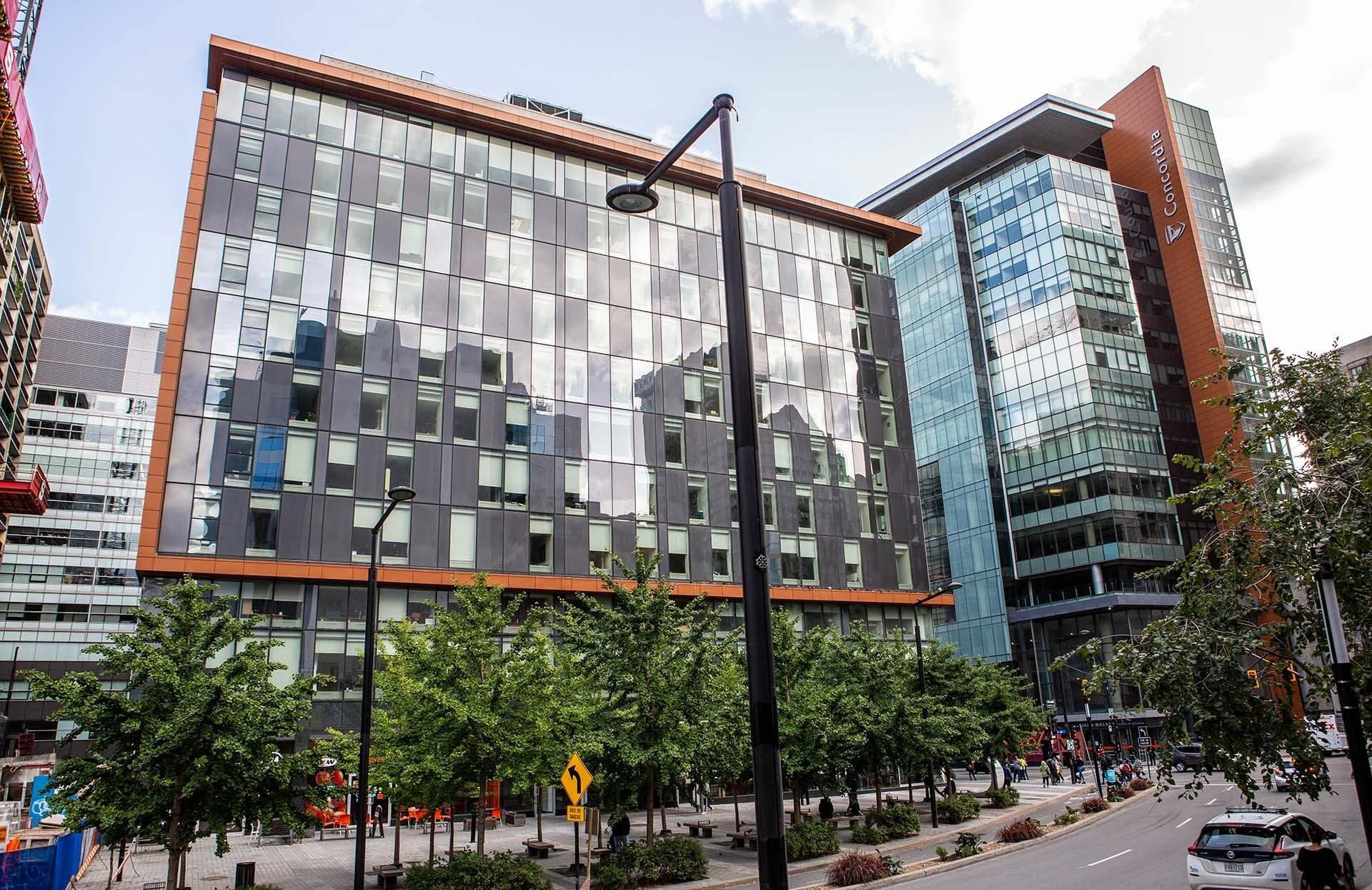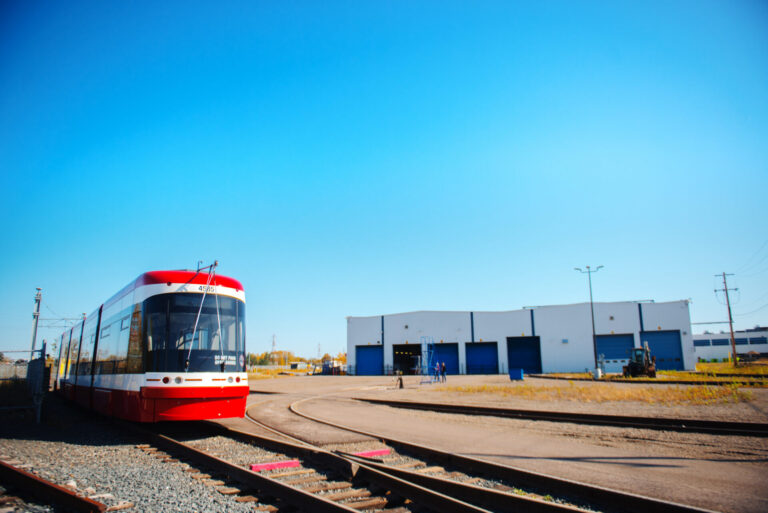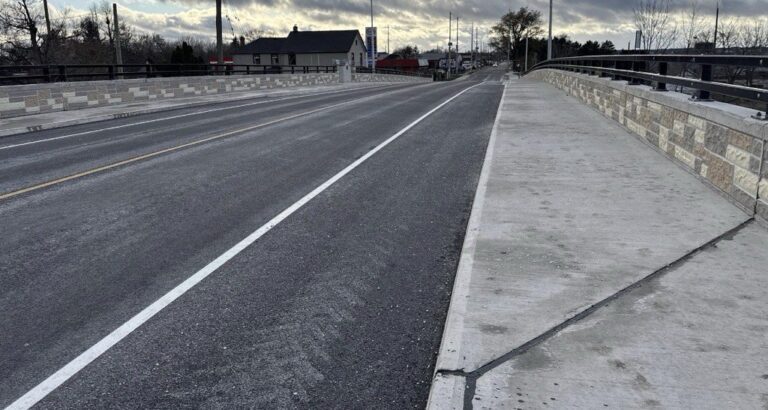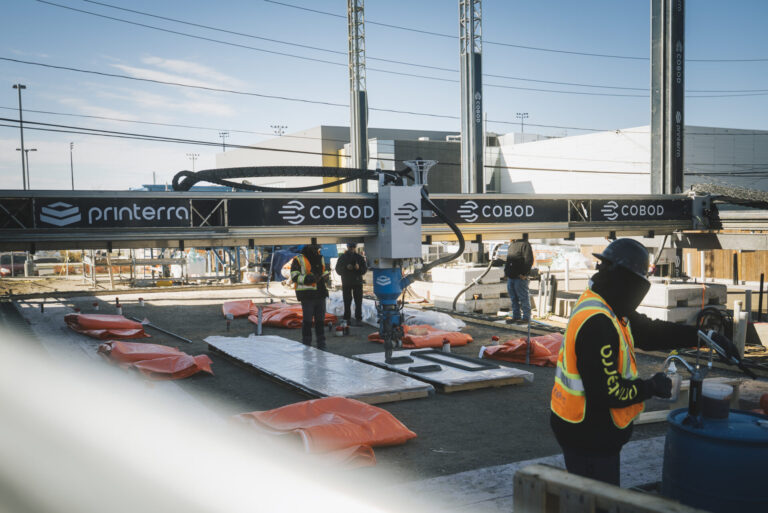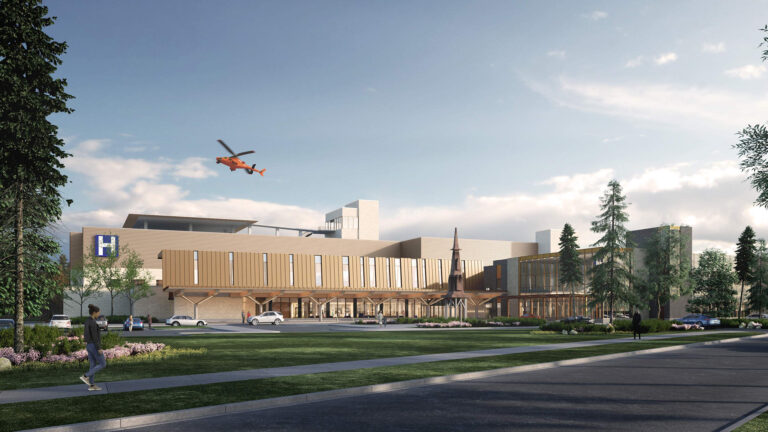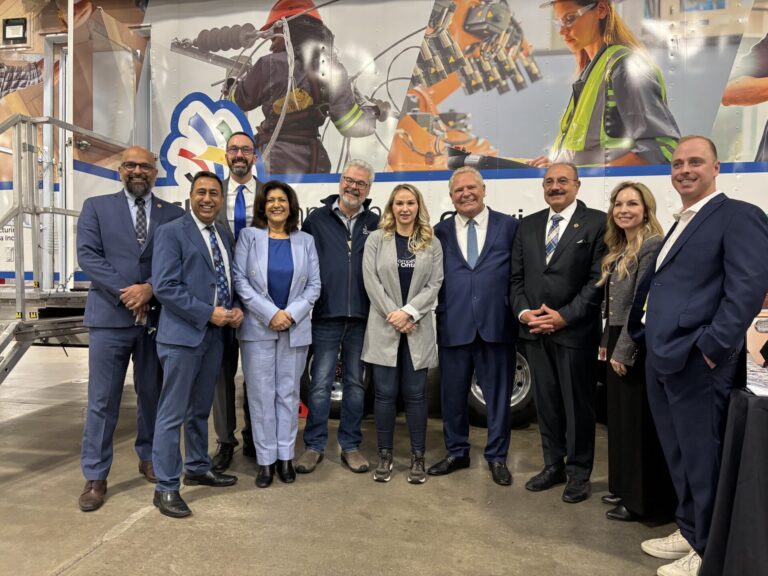The Guy-De Maisonneuve (GM) Building is about to become a testing ground for Concordia University’s PLAN/NET ZERØ initiative.
Through a deep energy retrofit, the university is turning necessary repairs into an opportunity to foster innovation in sustainable facilities. Work on the 11-storey structure will help cut energy consumption by 50 per cent by improving heating, cooling and ventilation systems, lighting and more.
The project will also reduce the building’s greenhouse gas emissions, improve wellness and create more comfortable spaces for the Concordia community.
“This initiative reflects our commitment to shaping the next generation of resilient, intelligent and carbon-neutral campuses through innovative partnerships,” said Concordia president and vice chancellor Graham Carr. “The GM Building is the first step in a long-term transformation that will benefit our community and help us be best-in-class when it comes to sustainable innovation.”
After a two-year selection process, Concordia chose Johnson Controls as its partner for this project. The company will manage the two-year design and construction period, as well as a 10-year operations and maintenance phase to ensure the building continues to meet its ambitious performance targets.
“The GM Building was chosen as the first project because it’s primarily an administrative building,” explains Michael Di Grappa, vice-president of services and sustainability. “This allows us to test the model with minimal disruption to students, while creating a blueprint we can use later in academic buildings.”
The project will also be the first time Concordia pursues WELL certification, an international standard focused on occupant well-being. WELL looks at factors such as air and water quality, natural light, noise reduction and opportunities for movement.
In addition, the retrofit is targeting LEED v5 Operations and Maintenance (Gold) and the Zero Carbon Building – Performance Standard, making it a model for sustainable building operations in Canada.
Throughout the project, a space in the GM Building will be converted into a living lab. This flexible research space will bring together Concordia students, faculty and staff — as well as industry partners — to test new technologies in real-world conditions and share findings with the wider community.
The construction period runs until July 2027, followed by a decade of performance monitoring and living lab research.
“This project is about more than efficiency,” says Marie-Claude Lavoie, associate vice-president of Facilities Management. “It’s about reimagining how our buildings can support our academic mission and contribute to a net-zero future.”
“This initiative directly supports Québec’s efforts to cut carbon emissions while cutting energy costs, and we are eager to begin this journey together to deliver lasting impact,’’ said Dr. Russell Garcia, Director, Higher Education, North America at Johnson Controls.
More than a renovation, this project enables co-innovation and applied research through collaboration between Concordia University students, researchers and industry partners through its Next-Generation Cities Institute and Johnson Controls OpenBlue smart building platform team. These efforts will be anchored in a newly created living lab where technologies will be tested, refined and scaled in real-world conditions. As part of the university’s PLAN/NET ZERØ, the lab will promote green economic development in Montreal and Québec while preparing future leaders for the energy transition.
“The role of universities in urban decarbonization is of paramount importance to Johnson Controls. They pave the way for innovation on all fronts providing economical value and help prepare the next generation of decision-makers for a decarbonized future,” Hassaan Khan, Managing Director, Johnson Controls Canada. “We’re proud to partner with Concordia University in its net zero journey.”
Featured image: (Concordia University)

